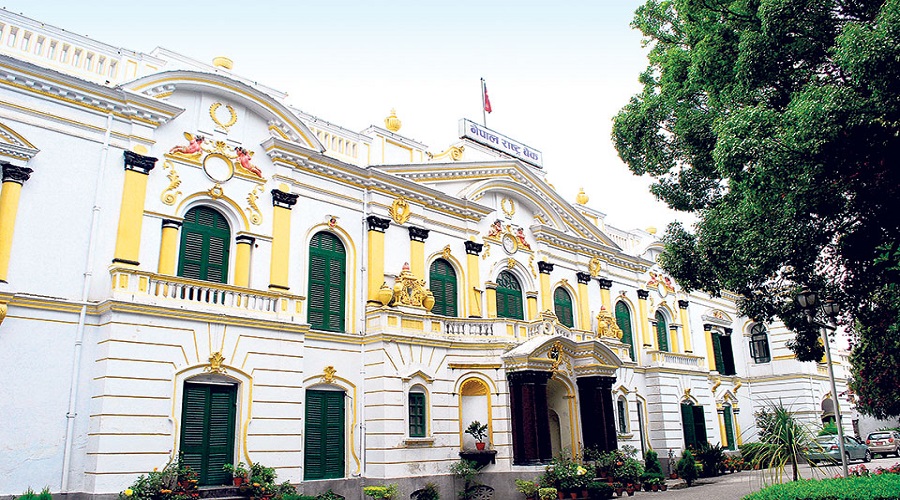KATHMANDU: The year-on-year consumer price inflation has stood at 7.11 percent in the fifth month of current fiscal 2021/22 compared to only 2.93 percent a year ago.
According to the current macroeconomic and financial situation report published by Nepal Rastra Bank (NRB) based on five months’ data ending mid-December, 2021, food and beverage inflation stood at 5.67 percent whereas non-food and service inflation stood at 8.25 percent in the review period.
The price of ghee and oil; transportation; pulses & legumes; education and tobacco products rose by 28.52 percent, 16.25 percent, 11.79 percent, 11.78 percent and 11.74 percent respectively on a year-on-year basis.
Inflation in Kathmandu Valley, Tarai, Hills and Mountains have also increased compared to last year.
Meanwhile, such inflation in neighboring India was 5.59 percent in December 2021.
In terms of trade, exports increased 105.6 percent to Rs.102.92 billion compared to an increase of 5.1 percent in the same period of the previous year during the five months of 2021/22. In the review period, exports to India and other countries increased 138.0 percent and 28.5 respectively whereas exports to China decreased 1.4 percent.
Exports of cardamom, tea, zinc sheet, wire, copper wire rod, among others, have decreased in the review period while exports of palm oil, soybean oil, oil cakes, polyester yarn & thread, jute goods, among others, increased.
At the same time, imports increased 59.5 percent to Rs. 838.41 billion. Imports from India, China and other countries increased 44.6 percent, 57.8 percent, and 111.2 percent respectively.
The total trade deficit increased 54.7 percent to Rs.735.49 billion during the five months of 2021/22. Such a deficit had contracted 10.9 percent in the corresponding period of the previous year. The export to import ratio increased to 12.3 percent in the review period from 9.5 percent in the corresponding period of the previous year.
During the first five months of running fiscal, imports from India by paying convertible foreign currency amounted Rs. 92.34 billion.
Likewise, remittance inflows decreased 6.8 percent to Rs.388.58 billion in the review period against an increase of 11.0 percent in the same period last year.
In the US Dollar terms, remittance inflows decreased 7.3 percent to 3.26 billion in the review period against an increase of 6.4 percent during the same period last year.
At the same time, the number of Nepali workers (institutional and individual-new and legalized) taking approval for foreign employment increased significantly to 131,082 in the review period. It had decreased 92.7 percent in the same period last year.
The number of Nepali workers (Renew entry) taking approval for foreign employment increased 295.8 percent to 99,580 in the review period. It had decreased 77.3 percent in the same period of the previous year.
Gross foreign exchange reserves decreased 13.2 percent to Rs.1214.03 billion in mid-December 2021 from Rs.1399.03 billion in mid-July 2021. In US Dollar terms, the gross foreign exchange reserves decreased 14.7 percent to 10.03 billion in mid-December 2021 from 11.75 billion in mid-July 2021.
Of the total foreign exchange reserves, reserves held by NRB decreased 12.9 percent to Rs.1084.64 billion in mid-December 2021 from Rs.1244.63 billion in mid-July 2021.
Reserves held by banks and financial institutions (except NRB) also decreased 16.2 percent to Rs.129.40 billion in mid-December 2021 from Rs.154.39 billion in mid-July 2021. The share of Indian currency in total reserves stood at 25.1 percent in mid-December 2021.
Based on the imports of five months of 2021/22, the foreign exchange reserves of the banking sector is sufficient only to cover the prospective merchandise imports of 7.5 months, and merchandise and services imports of 6.8 months.

